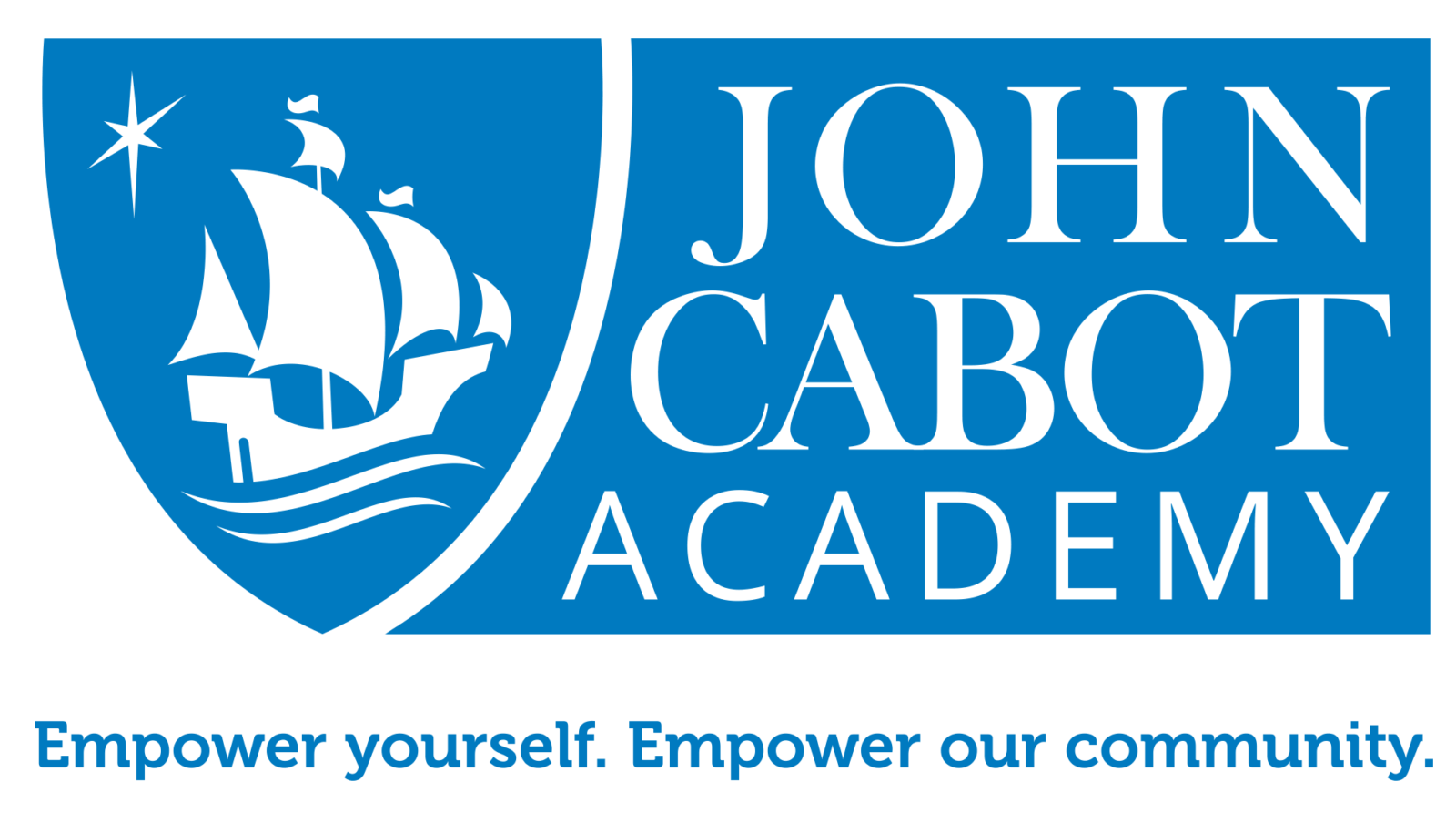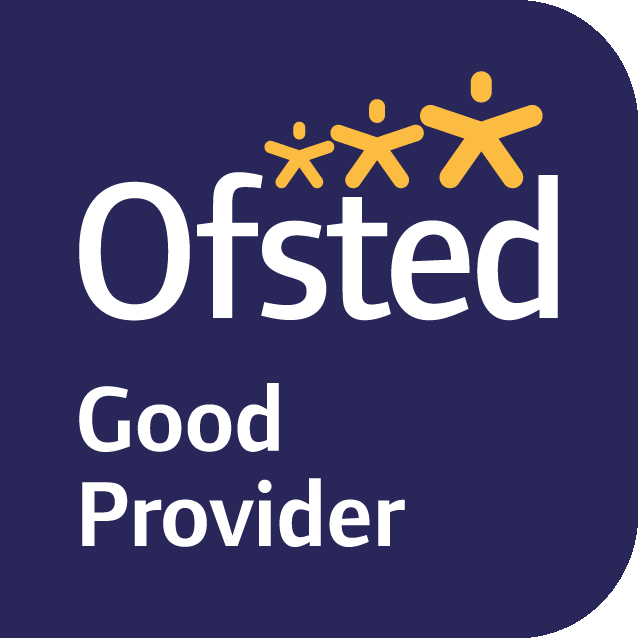Creative Design
Subject intent
Learning in Creative Design offers all JCA students the opportunity to respond to the ever-changing world around them. An awe-inspiring creative curriculum is broad, innovative, engaging, and enjoyable for all. It is immersive and multi-disciplined, providing space for students to study, practice and develop a range of abilities. Creative design can empower young people, giving them the confidence to express themselves, create imaginative pieces, challenge themselves and engage in all that the world has to offer. Students are encouraged to think critically, apply their knowledge and skills, and ‘think outside the box’ to produce innovative solutions. By considering the needs, wants, and values of themselves and others, our students develop empathy and a sense of social responsibility. This approach not only fosters creativity and imagination but also equips our students with practical critical thinking skills that can be applied in various real-life situations, such as planning, organising, collaboration, perseverance & resilience. Creative Design is fully inclusive, allowing all pupils to create meaningful and personal work of which they are proud.
In Art, Textiles and Photography, we want our students to:
- Be able to express ideas and concepts about themselves, their community, society, and the wider world we live in and develop their visual literacy in an increasingly visual world.
- Access cultural capital and access artefacts and experiences that inspire and empower them to be successful in expressing themselves now and in the future.
- Enjoy and be confident using a wide range of equipment, techniques, and materials.
In Food and Nutrition, we want our students to:
- Understanding and apply the principles of nutrition and health.
- Make informed choices about their diet and create a variety of healthy and savoury dishes.
- Develop a range of cooking techniques, such as ingredient selection and preparation, using utensils and electrical equipment, and applying heat in different ways.
- Gain knowledge about the source, seasonality, and characteristics of various ingredients, enabling them to create dishes that are nutritious and flavourful.
Creative Curriculum Plan for KS3
Brief overview of thinking behind KS3 curriculum and progression learning and deepening of knowledge
Throughout each year in KS3 Creative Design, students are introduced to new topics, skills, and knowledge. Prior learning, and understanding is further embedded to retain and extend their progress across all Creative Design disciplines. It is not expected that skills taught within the rotation will show progress from one project to another but instead over the three-year carousel/spiral curriculum.
| YEAR 7 | YEAR 8 | YEAR 9 | |
| Art | Pop Art Self – Portraits
Introduction to drawing: Mark making, use of tone and shade. Colour theory. Materials – chalk & acrylic Proportion and scale of the face. Analysis of Pop Art artists – Warhol/Lichtenstein. Outcome is a Pop Art inspired self-portrait. | Creatures & Characters
Students will further develop their art skills through mark making, tone, shade, scale & proportion as well as how to achieve fore and background. A variety of Artists will be studied such as: John Ken Mortensen and Buff Monster. Their work will develop the students creative sketching techniques using pen and brush work. Students will then model their creative creatures using clay. | War, Conflict & Peace (Past & Present)
Students further deepen drawing skills to use scale and composition, mixing acrylic/poster paints to create shade and tone. Developing paint application through brush choice and mark making. Analysis of Picasso’s Guernica and students produce a copy outcome in acrylic. Peace element draws on Magritte’s’ Dove and symbolism used for peace. Students develop an imaginative outcome using water colours. Extension looks at WW1 images and War horse to create a pen & Ink Wax outcome. |
| Textiles | ‘Under the Sea’ Tie Dye cushions. Introduction to hand sewing techniques. Students learn about environmental issues regarding the pollution in our oceans. Students study the art of J. Vincent Scarpace to create their own Scarpace fish drawings. They use these drawings to inspire and design their own fish appliqué cushion. They also learn how to tie-dye and understand where fibres come from. | ‘Bug and Bees Tote bags’ Students continue to learn how to use the sewing machine and make a cushion. The theme extends the environmental impact of global warming, and they look at the demise of insects and bees. Students make drawing studies of insects using pencil and block printing. They design a tote bag inspired by their insect studies. Theory includes the classification of fibres. | Future fashion & Textiles Students complete a number of tasks to develop their visual research skills, presentation skills and textile construction skills. Students experiment with designing fashions for the future, using themes such as electronic motherboards. Techniques studied include designing repeat patterns by hand and CAD. They produce a printed piece of fabric that they construct into a bean bag phone stand. Theory learnt includes the different forms of fabric construction: knitted/woven/non-woven |
| Cooking and Nutrition | Introduction to Cooking and Nutrition. Students learn how to work safely and hygienically in a food environment and develop their skills to produce a variety of dishes.
Students will have the opportunity to make a minimum of six dishes. The focus in year 7 is food choice and healthy eating, following the guidelines of the ‘Eatwell Plate’. Students learn how to: use the cooker safely; weigh and measure accurately; use basic tools and equipment with confidence. | Embedding knowledge, understanding and skills Students develop knowledge and understanding of nutrition including macronutrients and micronutrients. Students continue develop their practical skills, to develop their confidence and independence in this area.
Students will have the opportunity to make a minimum of six savoury dishes that further deepen their skills to enable them to handle high-risk foods; use equipment safely and hygienically; use a range of different preparation techniques and methods of cooking. | Deepening understanding Students demonstrate effective and safe cooking skills by planning, preparing, and cooking a variety of food commodities whilst using different cooking techniques and equipment.
Students will have the opportunity to make six dishes that incorporate international cuisine and special diets, including vegetarianism. Dishes can be adapted to suit dietary requirements such as intolerances and religion.
Topics include personal hygiene; allergies and intolerances; common types of food poisoning; temperature control; food safety hazards and contamination and reducing risks. |
KS4 Creative Design Curriculum Plan
Overview and Specifications:
| YEAR TEN | YEAR ELEVEN | |
| AQA Art Craft and Design | Skills acquisition through the themes ‘FOOD & IDENTITY’
The use of acrylics, mono-printing, inks, photography, editing, photoshop, lino cutting. Drawing skills developed and refined through observations.
Research and analysis of related artists that link to the themes.
Presentation in sketchbooks/boards.
T5/6 students select one theme to continue and develop into a comprehensive study with final outcomes. | September to December
Completion of Coursework Portfolio based on Food or Identity.
January – Exam preparation or continue to develop and create final outcomes to enhance the coursework. |
| AQA Fine Art | Skills acquisition exploring the theme of Food. Students will produce a wider variety of work that can be entered for the fine art or art, craft, design; the latter requires that students have demonstrated that that have done at least 2 skills form the different titles. Research and analysis of related artists that link to the themes.
Presentation in sketchbooks/boards.
T5/6 students select one theme to continue and develop into a comprehensive study with final outcomes. | September to December Fine Art class have explored themes of Food (still life) and Identity for coursework projects. A choice of exam themes will be given in January when the controlled test papers are handed out.
Completion of Coursework Portfolio January – Exam preparation or continue to develop and create final outcomes to enhance the coursework. |
| AQA Photography | UNIT 1 Portfolio of work (Coursework) 60% Skills developed: · How to use digital SLR cameras · How to use manual settings · How to use Photoshop to edit images · How to use studio equipment / lighting · How to analyse photographer’s work · How to develop ideas and experiment with them
Projects studied are – Shutter speed, Surrealism, Portraiture and Natural forms. | September to December
Completion of coursework portfolio through an extended project – selecting from one of the themes in Y10
UNIT 2 Externally Set Task 40% (Term 3 in Yr 11) Choice of starting points. Pupils respond to their chosen starting point to produce a project. 10 hours of focussed time in exam conditions. Marked out of 4 assessment objectives – 80 marks
|
| Hospitality and Catering WJEC/EDUQAS | Demonstrate effective and safe cooking skills by planning, preparing, and cooking a variety of food commodities to include poultry, meat, fish, eggs, dairy products, cereals, vegetables, fruit, soya products, whilst using different cooking techniques and equipment.
Unit 1 theory topics include: 1. Structure of hospitality and catering industry. 2. Job requirements within the industry. 3. Working conditions and job roles within the industry. 4. How hospitality and catering provision operates – front of house and kitchen operations. 5. Health and Safety requirements – responsibilities of employers and employees. 6. The impact of catering on the environment – including sustainability; reduce, reuse, and recycle; conservation of energy and water. | Unit 2 – Coursework module September – March 1. The importance of nutrition, looking at: the function of nutrients in the human body; the comparison of nutritional needs of specific groups including life stages; special diets including medical and religious; cooking methods and the impact on nutrition. 2. Factors to consider when menu planning and meeting customer needs. 3. Menu production planning, including techniques in the preparation of commodities. Food quality assurance. Presentation techniques. Food safety practices linked to preparation and cooking of commodities and in relation to the use of equipment. 4. Evaluating and assessing personal and practical outcomes.
Revision for theory exam – Unit 1 – March onwards. |


